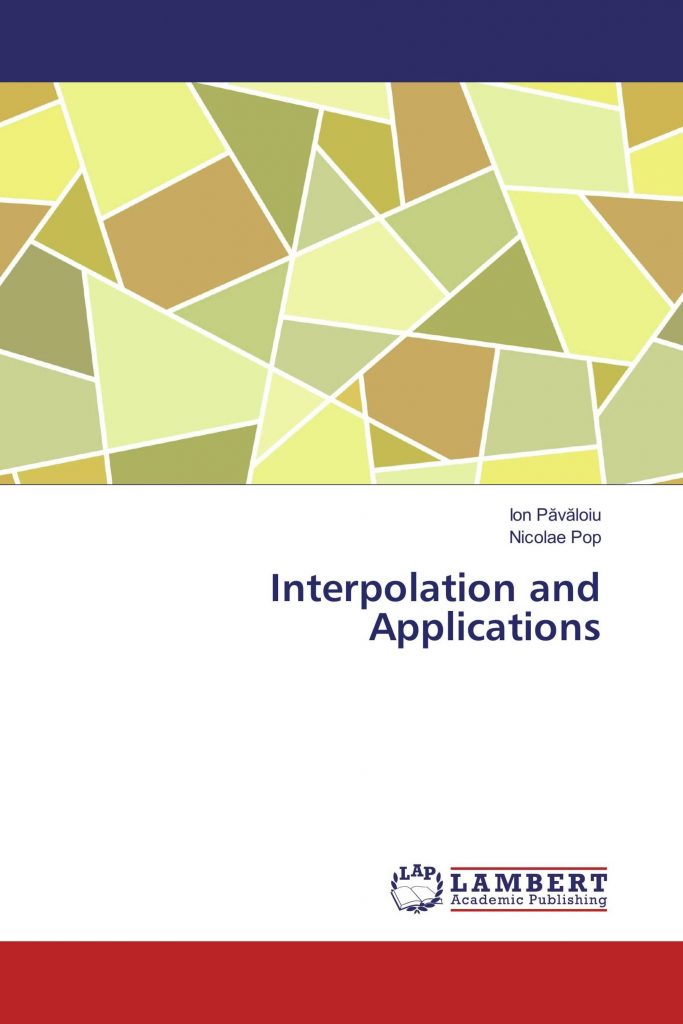Abstract
Authors
I. Pavaloiu
Institutul de Calcul
E. Cătinaş
Institutul de Calcul
Keywords
?
Paper coordinates
I. Păvăloiu, E. Cătinaş, On an Aitken type method, Rev. Anal. Numér. Théor. Approx., 36 (2007) no. 2, pp. 173-176.
??
About this paper
Journal
Rev. Anal. Numér. Théor. Approx.
Publisher Name
Romanian Academy
DOI
Print ISSN
Online ISSN
google scholar link
??

